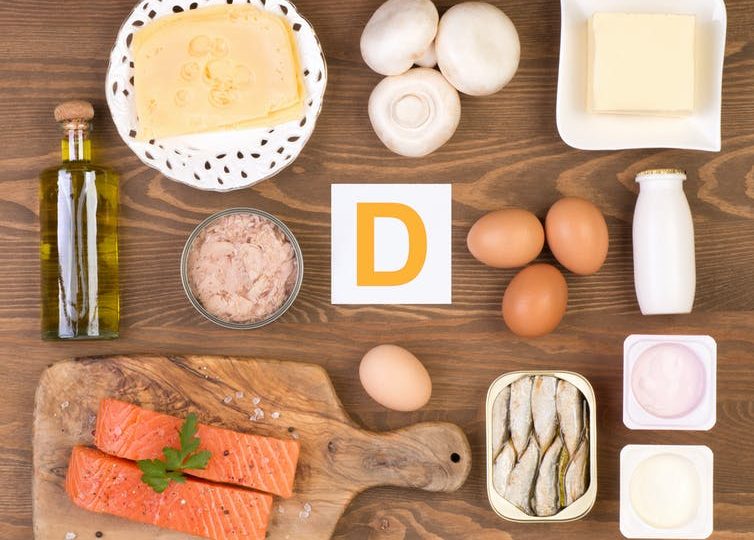
How To Get Your Vitamin D Throughout The Seasons
Maintaining a healthy and balanced diet is the ultimate key for ensuring you get all the vitamins you need. But, in some cases, focusing on diet alone isn’t always enough. This is particularly true when it comes to vitamin D.
Vitamin D is a fat-soluble vitamin that your skin produces when exposed to sunlight. While it can be found in some foods, sunlight is considered its most valuable source. But – we all know how hard it can be to catch some sun rays, particularly in the UK. With this in mind, this guide will take you through how to get vitamin D throughout the seasons.
Why Do We Need Vitamin D?
First off, let’s establish why your body needs vitamin D in the first place. This will help to emphasise the importance of obtaining the vitamin.
As stated by the EFSA (2010), vitamin D:
- Is important for the immune system
- Helps to build and maintain strong muscles
- Aids calcium absorption
With so many important roles to play in the body, missing out on adequate levels of this vitamin should never be an option.
How Do We Get Vitamin D?
The majority of people obtain vitamin D through the following sources:
- Sunlight
- Some food sources
- Supplements
Sunlight: As stated previously in this guide, sunlight provides the main source of vitamin D. When exposed to strong enough sunlight, your skin produces vitamin D3. Spending around 30 minutes out in the sun should be enough to generate adequate levels of the vitamin.

Food Sources: There are also a small number of foods that contain vitamin D – most of these are animal based foods. This includes oily fish, red meat and eggs. You may also find that some foods are fortified with the vitamin, making it more accessible to vegetarians and vegans.
Supplements: Due to being fairly hard to obtain, the UK Department of Health advises that everyone should take vitamin D supplements. Taking a daily supplement makes it simple to safeguard your intake without getting stressed.
Getting Vitamin D: Late March to September
As the main generator of vitamin D is sunlight, let’s take a look into how you can obtain vitamin D throughout the seasons.
From late March to early September, spending around 30 minutes outdoors each day should be enough to generate good levels of vitamin D. Your chances of doing so increase if you’re out between 11am and 3pm, as this is when the sun is usually hottest.
While getting outside during the summer should be enough for your vitamin levels, there’s no set guidance on how much your body will actually absorb. This is because many factors affect how much vitamin D is made, including:
- Skin colour
- Amount of sun exposure
- Amount of skin exposure
Sun Safety: If spending time in the sun, remember to take protective precautions. This includes wearing sunscreen, suitable clothing and sunglasses. When possible, stay in the shade.
Getting Vitamin D: October to Early March

We’ve covered the summer months – now let’s take a look at the autumn and winter months.
During the colder months, the sunlight doesn’t contain enough UVB radiation. This means that your skin will struggle to make vitamin D. With this in mind, it becomes all the more important to focus on a balanced diet and consider supplements during these months.
Just like most vitamins, vitamin D is easy to obtain once you know where to look. With help from this guide, you’re covered all year round!









